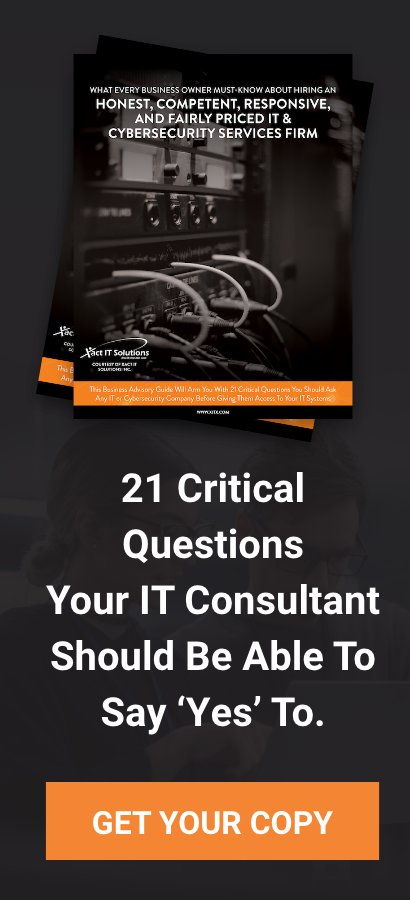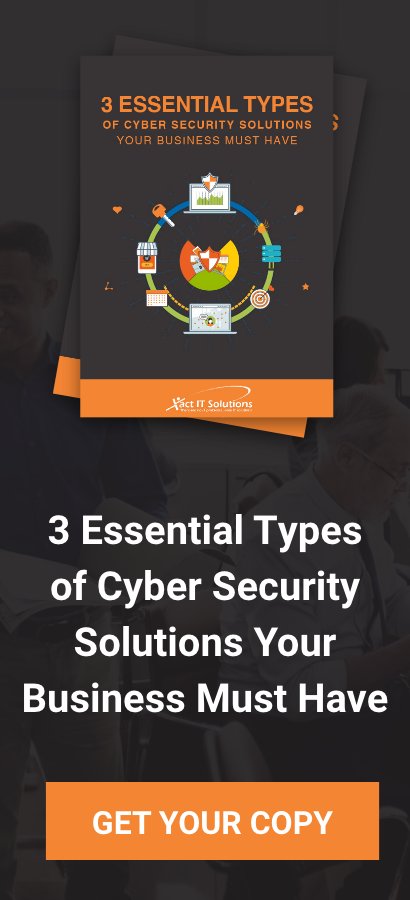 Cybersecurity is a hot topic this year, especially since barely a week goes by without news of another major breach. While the most publicized are those that impact large organizations and millions of consumers, small and medium-sized businesses (SMBs) are actually at greater risk. Research by Nationwide shows that the prevalence of cyber attacks on SMBs is alarming. Of the business leaders surveyed, 58 percent have been victims of an attack – and 45 percent didn’t even realize that it happened. A majority – 78 percent – reported that they didn’t think their businesses were at risk from cybercriminals, and 41 percent stated that cyber attacks only affect large organizations.
Cybersecurity is a hot topic this year, especially since barely a week goes by without news of another major breach. While the most publicized are those that impact large organizations and millions of consumers, small and medium-sized businesses (SMBs) are actually at greater risk. Research by Nationwide shows that the prevalence of cyber attacks on SMBs is alarming. Of the business leaders surveyed, 58 percent have been victims of an attack – and 45 percent didn’t even realize that it happened. A majority – 78 percent – reported that they didn’t think their businesses were at risk from cybercriminals, and 41 percent stated that cyber attacks only affect large organizations.
Fewer resources and a fundamental misunderstanding of the risk level makes it easier for cybercriminals to get the upper hand with SMBs and non-profit organizations. In fact, Netwrix’s 2017 IT Risks Report showed that only one out of every four SMBs are prepared for an attack. Nearly three-quarters of the business leaders surveyed said they don’t have a separate information security function, and they don’t have staff specifically tasked with cybersecurity-related work. Perhaps most alarming is that 88 percent of SMBs don’t use any information security governance or risk management software at all.
Current Cyber Threats
Some of the biggest threats this fall include:
- Data Loss – A cyber attack can destroy everything your company has stored digitally. Loss of information at this level can cripple an organization and even put it out of business altogether.
- Malware – Without appropriate security software, your company is risking malware attacks. This term refers to any malicious software that is installed without your knowledge. Some types of malware simply subject you to endless advertising, but other types can compromise your computers, steal your data, allow unauthorized access to your systems and more.
- Mobile Devices – Handheld mobile devices store a wealth of personal and business information. Unfortunately, they are easy to lose. They can also be compromised by savvy cybercriminals, which makes your organization vulnerable to attack.
- Phishing – Phishing attacks are very effective because no technical knowledge is required. Because many people are unaware of phishing methods, it is easy to fall victim. This gives criminals an opportunity to steal information.
Preparing for 2018
Leaders in the cybersecurity industry are already looking ahead to 2018 in preparation for what is expected to be a continued increase in cyber attacks. These are some of the most critical risks to watch for in the new year:
- Skills Gaps – With cybercrime increasing exponentially, there simply aren’t enough experts available to keep businesses protected. This is particularly concerning for SMBs, as they have less access to highly-skilled IT professionals.
- Internet of Things (IoT) – It’s becoming more common to connect a variety of devices to networks, which brings up new security risks.
- Cloud Security – The use of cloud-based applications and data storage solutions has transformed the IT landscape. However, that brings along a new set of security issues. In 2018, comprehensive cloud security will be a top priority.
- Detection – Prevention measures are always beneficial, but it is becoming clear that 100 percent protection is just not possible. IT professionals are working on better methods of detecting a breach early so that damage is limited.
With SMBs at greater risk for a security breach, there is an urgent need for immediate countermeasures. Managed IT services offer comprehensive cybersecurity, from assessing threat levels to recommending and implementing solutions.



You must be logged in to post a comment.